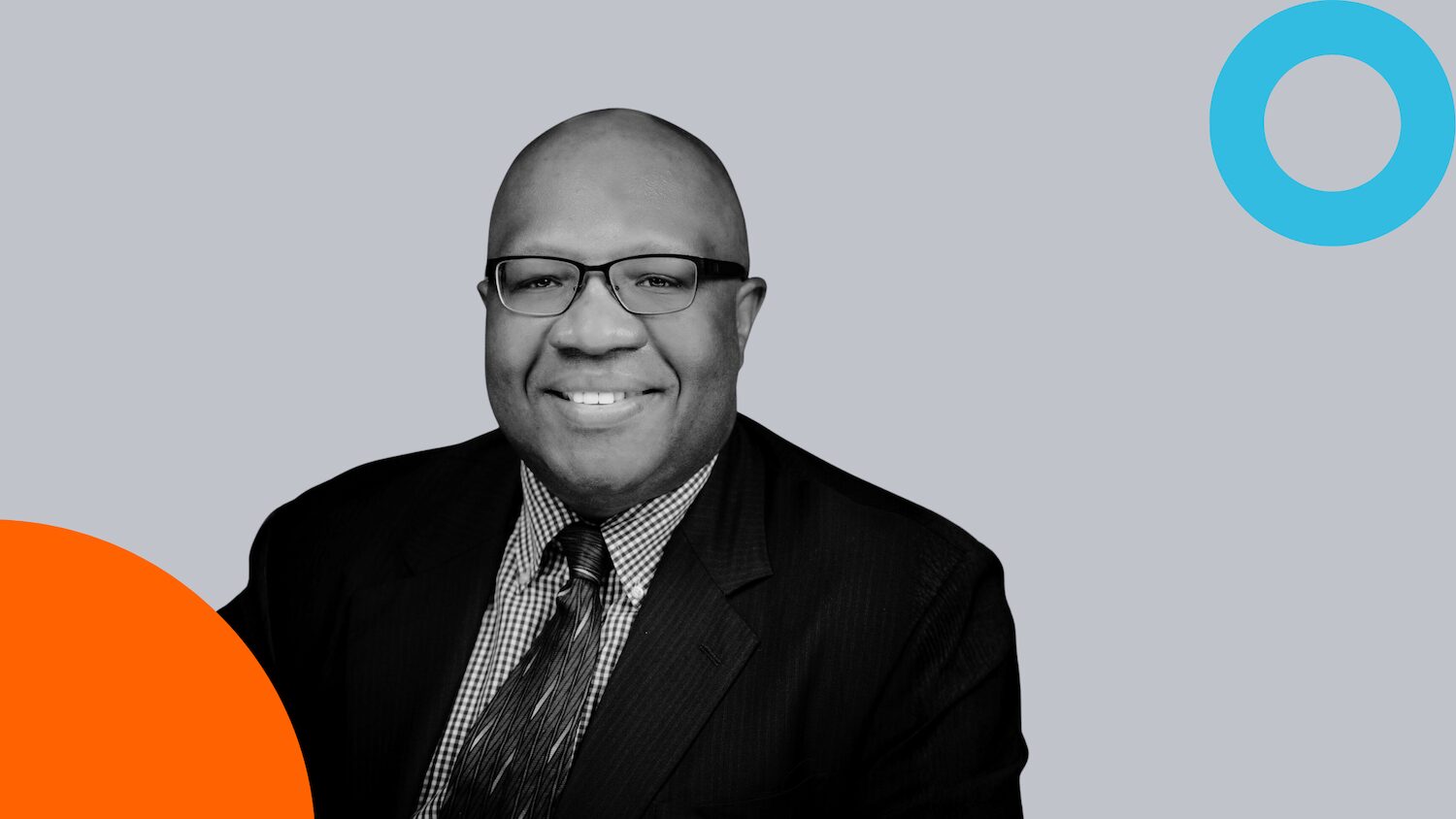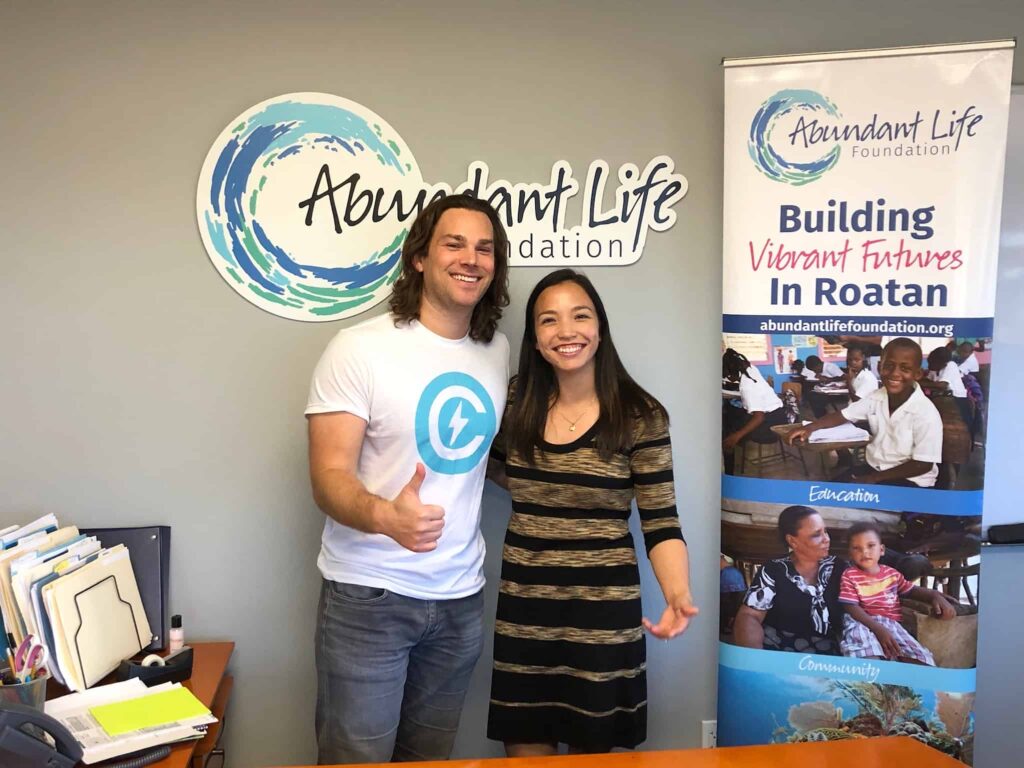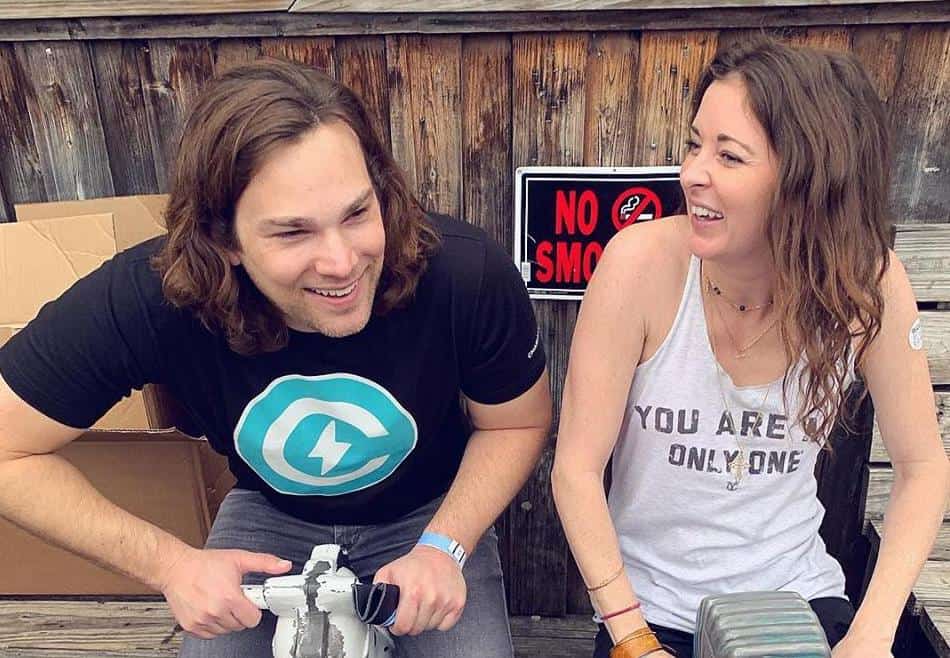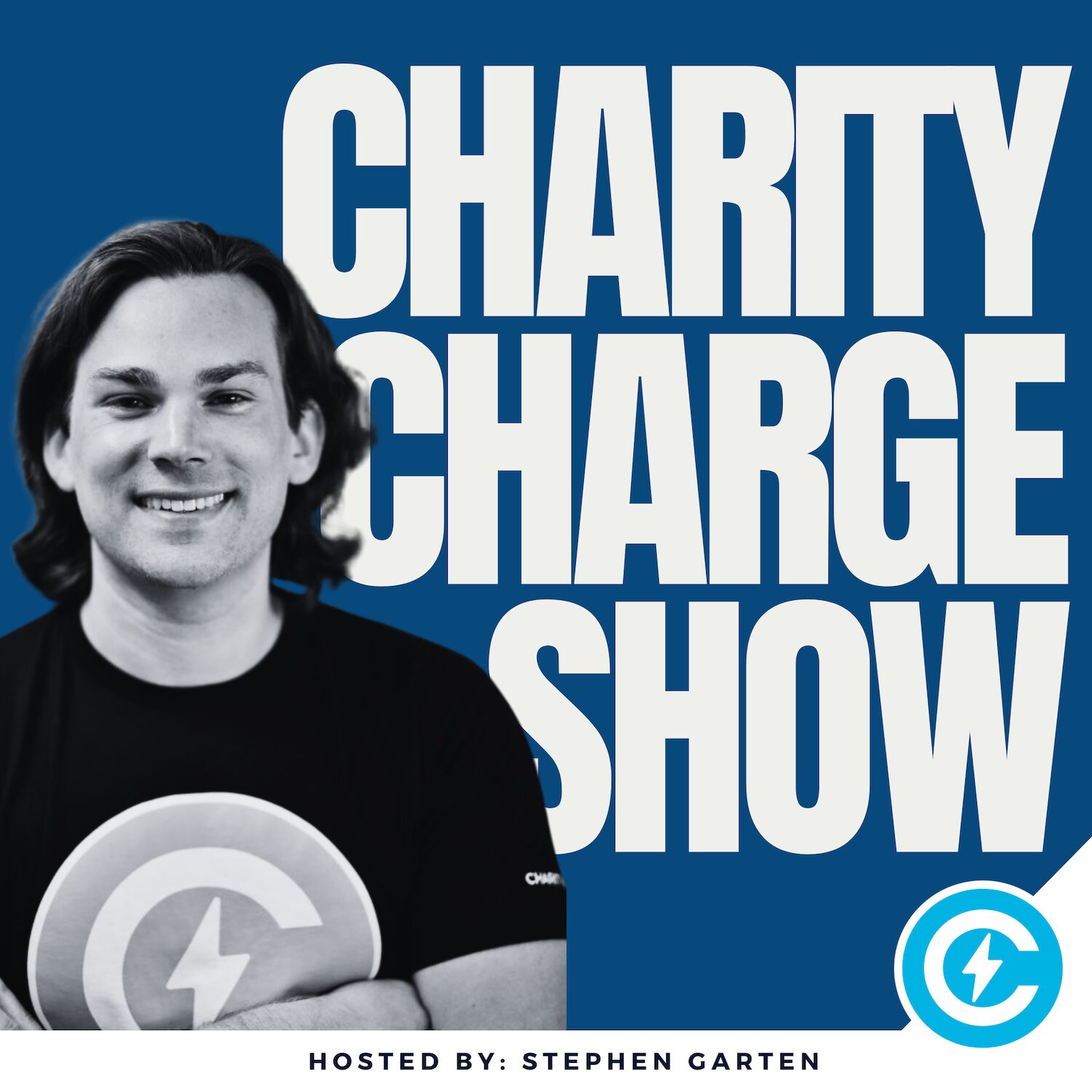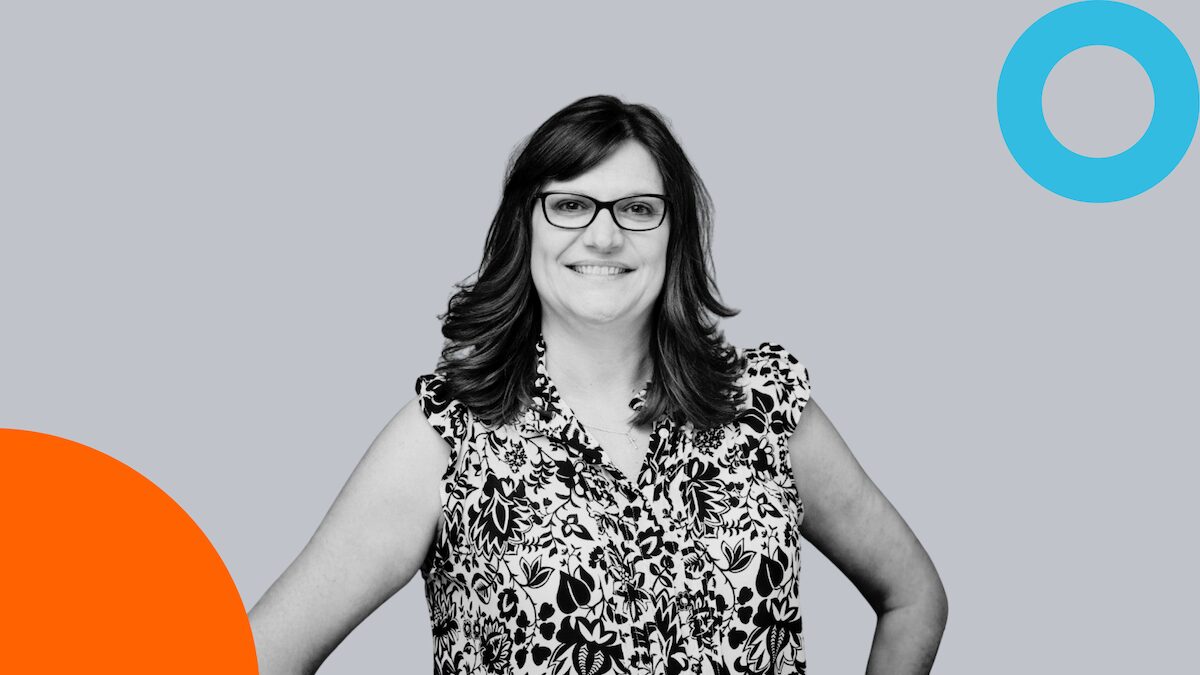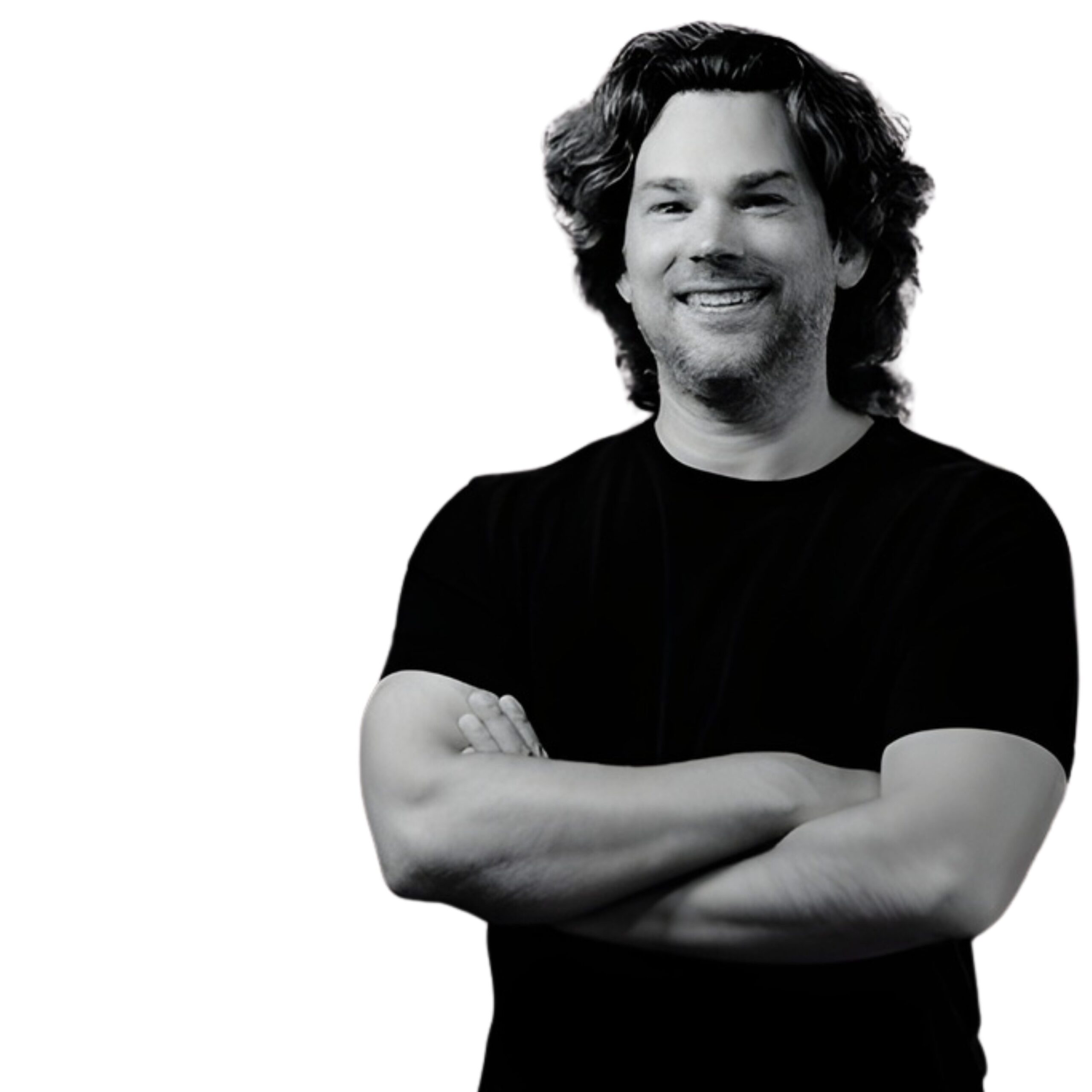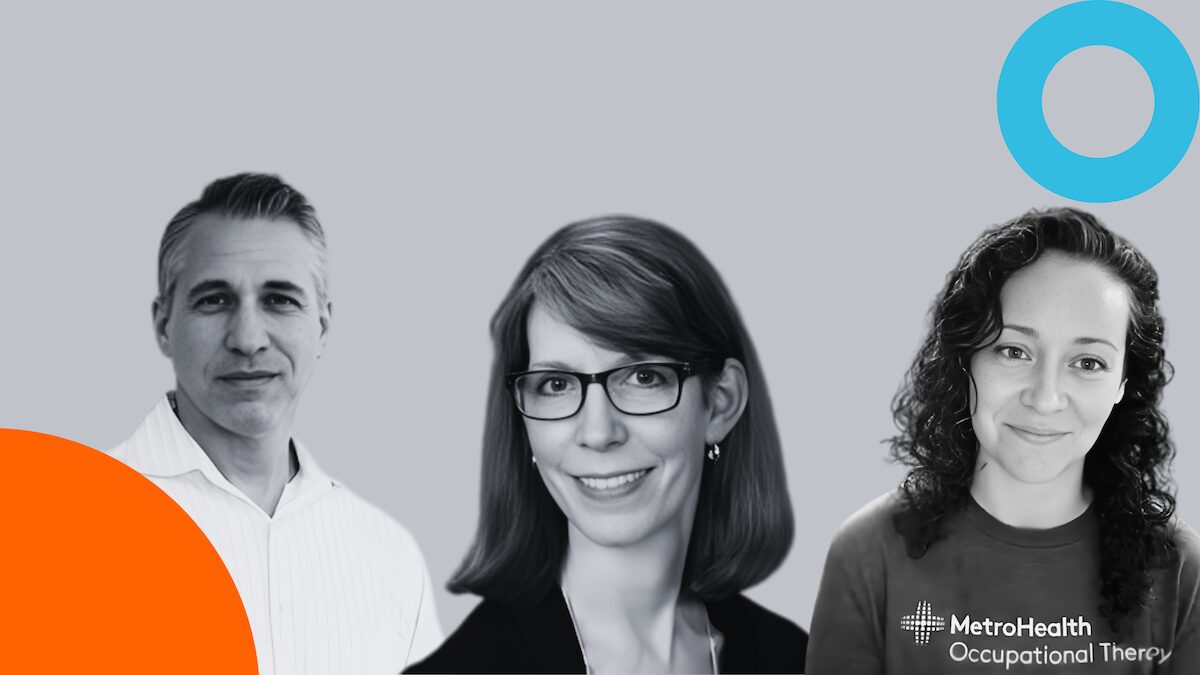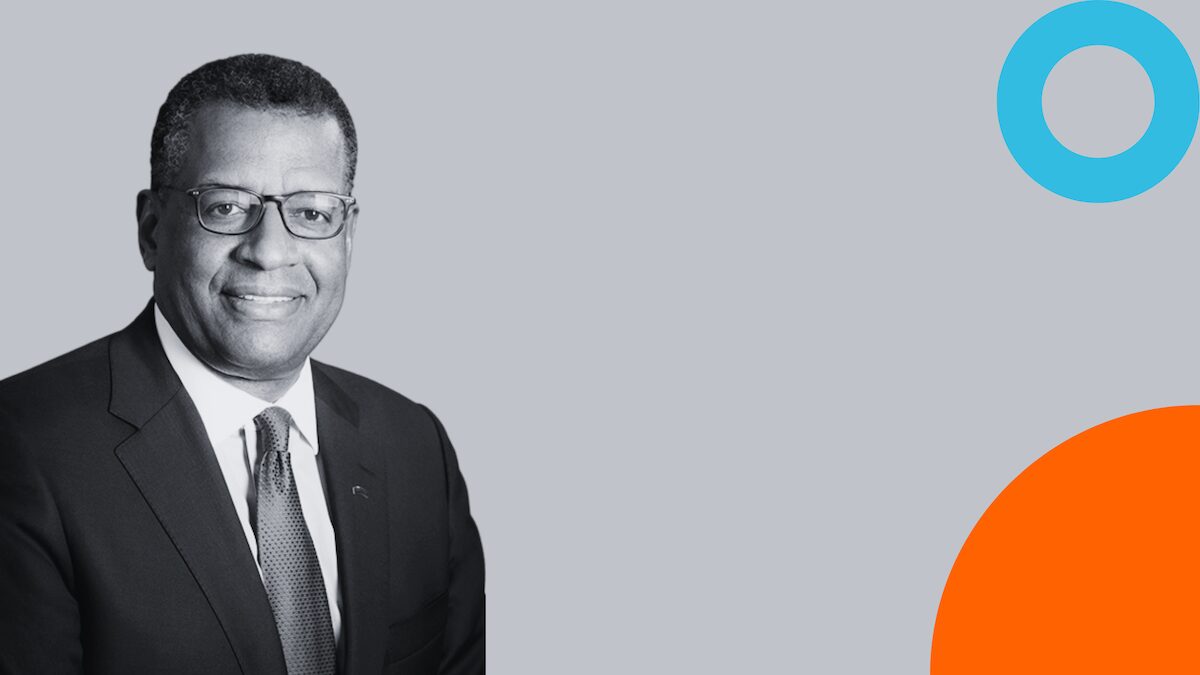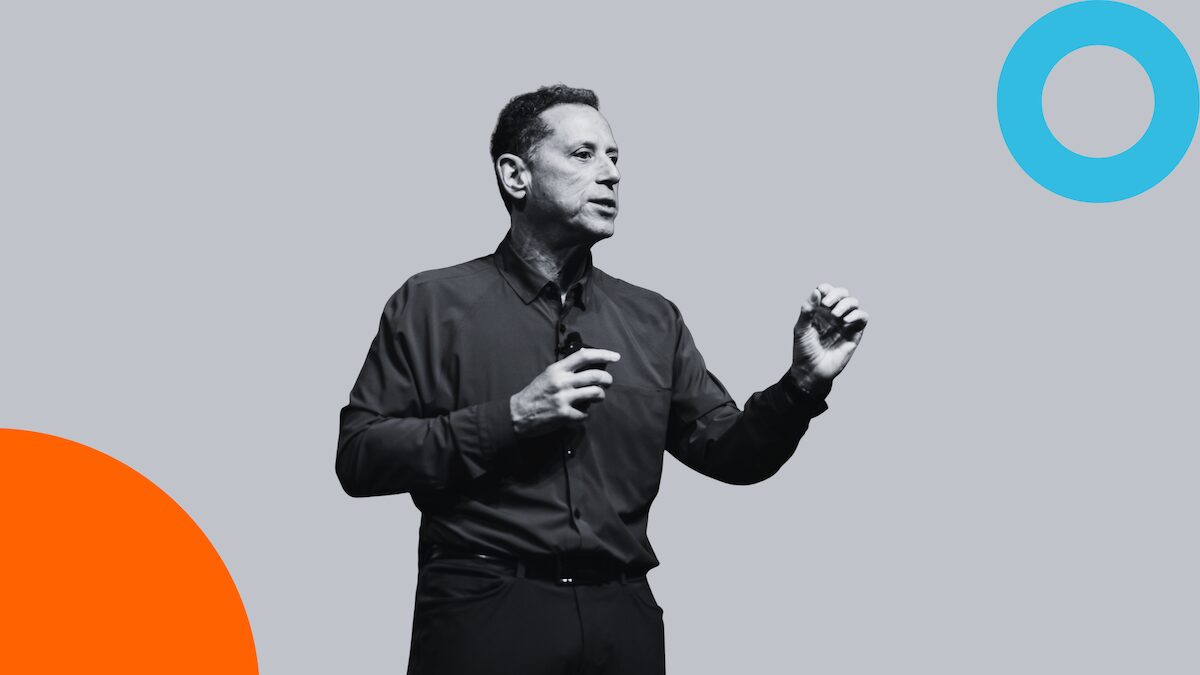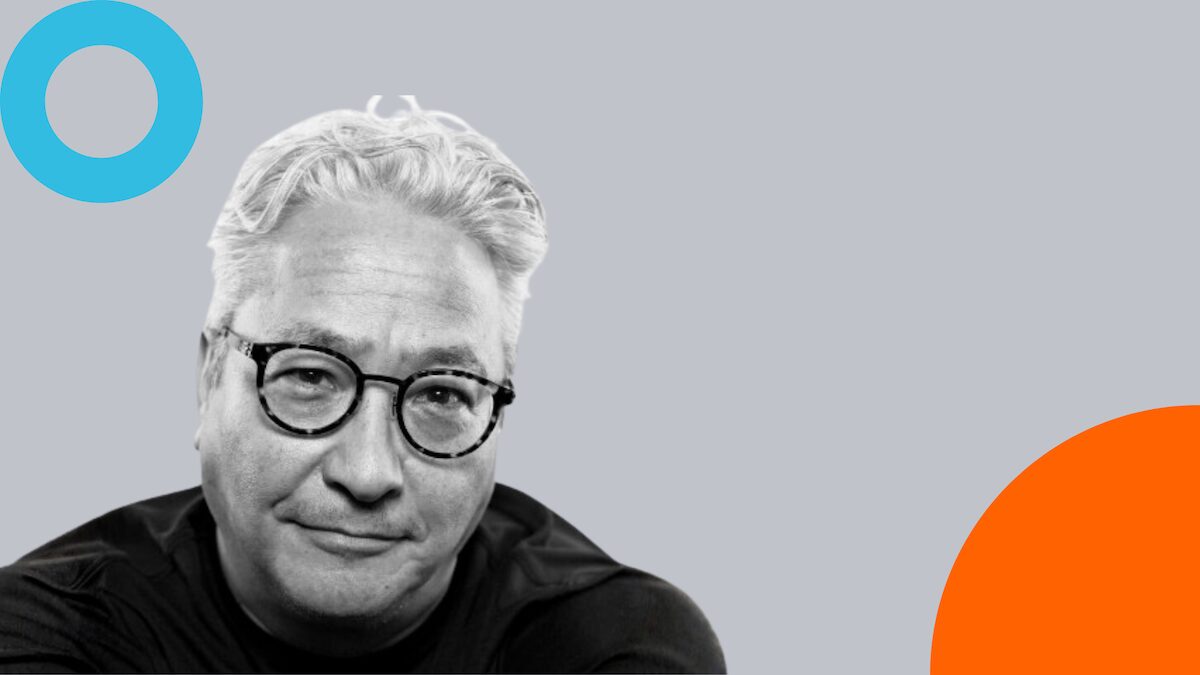In the latest episode of The Charity Charge Show, we speak with Charles Redding, Executive Director of Momentum Wheels for Humanity, an organization dedicated to promoting inclusion and mobility for people with disabilities across the globe. Their conversation explores the organization’s mission, strategic pillars, and the leadership principles driving its global impact.
Key Takeaways
- Momentum Wheels for Humanity empowers people with disabilities through mobility, therapy, advocacy, and inclusion.
- Three strategic pillars guide their global impact: rehabilitation system strengthening, assistive technology access, and inclusive disaster response.
- CLASP, their social enterprise, streamlines global wheelchair supply chains to ensure quality and affordability.
- Leadership alignment and transparent communication sustain global engagement across teams.
- The organization is expanding its focus beyond mobility to other assistive technologies, shaping a future defined by access, inclusion, and empowerment.
Empowering Communities Through Mobility
Momentum Wheels for Humanity operates with a clear mission: to increase inclusion for people with disabilities through mobility, therapy, advocacy, and empowerment. As Charles explains, the organization’s work is anchored by three strategic pillars:
- Strengthening Rehabilitation and Assistive Technology Services
Momentum supports the integration of rehabilitation services within national health systems. “In many places, rehabilitation isn’t seen as part of the healthcare system,” Charles notes. “We help governments build political will and capacity around it, ensuring that it becomes a sustainable and prioritized part of healthcare.” - Assistive Technology and Supply Provision
The organization operates a social enterprise called CLASP (Consolidated Logistics for Assistive and Supply Provision), designed to expand global access to high-quality and affordable assistive products. This innovative logistics model connects vetted suppliers to NGOs and communities, solving challenges around unreliable supply chains, high costs, and product appropriateness. - Inclusive Disaster Response
Momentum also partners with global agencies to ensure people with disabilities are not forgotten in disaster relief efforts. Through a collaboration with the World Health Organization and ATscale, they’ve created pre-positioned emergency kits containing mobility and self-care products for rapid deployment when crises occur.
Collaboration Across Borders
Managing such a complex global operation requires strategic partnerships. Momentum’s 100-person office in Ukraine and another in El Salvador are central hubs for implementation. “Most of our work is done through partnerships—with other NGOs, governments, and agencies like UNICEF,” Charles explains.
He emphasizes that the organization’s supply chain model helps overcome the limitations of one-off donations:
“In many low- and middle-income countries, donations are well-intended but often not appropriate or repeatable. We ensure every product is customized, appropriate, and sustainable.”
Since launching CLASP, Momentum has delivered mobility products to over 72 countries, shipping thousands of wheelchairs each year.
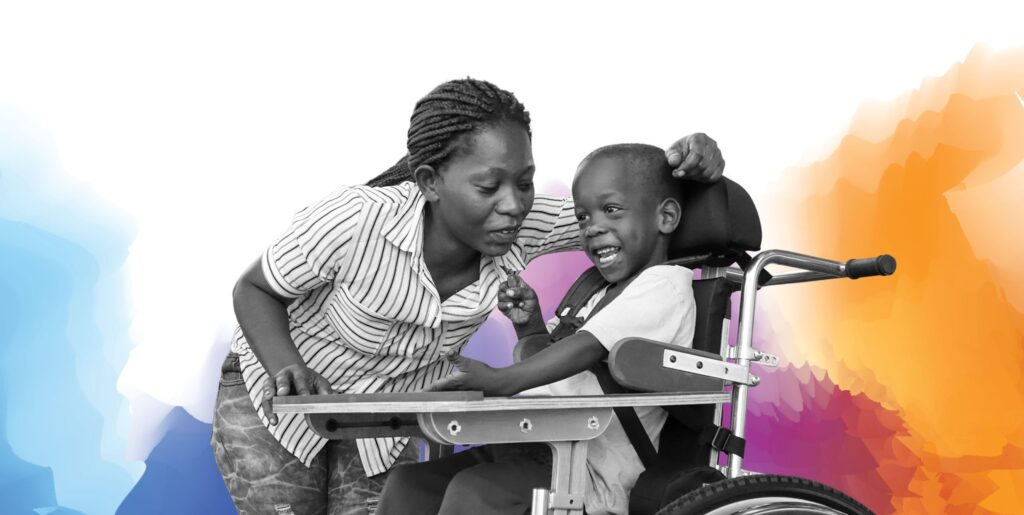
Addressing Global Gaps in Access
Before connecting with Momentum, many communities had little to no access to appropriate mobility products. “We’ve seen makeshift wheelchairs—chairs with wheels attached on the side,” Charles recalls. “It’s heartbreaking because these products can do more harm than good.”
The lack of access, quality, and affordability in mobility solutions can have profound ripple effects:
“If a child doesn’t have the right mobility aid, they can’t go to school. Their self-worth is impacted, and they’re excluded from their communities. We’re working to break that cycle and create economic empowerment.”
Building a Sustainable Supply Chain
Momentum’s partnerships with global suppliers are built on a shared vision for inclusion. While the organization manufactures some of its own wheelchairs, it also consolidates supply from eight to ten vetted partners. “We operate a warehouse in Shanghai’s free-trade zone,” Charles explains. “This allows us to manage procurement, quality control, and efficient global distribution.”
By handling logistics, Momentum enables smaller manufacturers to focus on production while reaching new markets. “It’s a social enterprise model,” he adds. “We reinvest any margin back into the system to sustain impact.”
Leading with Alignment and Purpose
As the leader of a global organization, Charles prioritizes communication, alignment, and empowerment. He hosts monthly town halls and is introducing a strategic framework called OGSM (Objectives, Goals, Strategies, Metrics) to cascade clarity throughout the organization.
“Everyone should understand our mission, our strategic pillars, and how their work contributes to success,” he says. “If you’re working on something that doesn’t align with those pillars, you have to ask yourself why.”
Drawing from his 23 years at Johnson & Johnson, Charles applies for-profit leadership discipline to nonprofit management—emphasizing transparency, accountability, and measurable outcomes.
Centering the Voices of Those Served
Charles believes deeply in inclusive leadership:
“There is no ‘for us’ without ‘us,’” he emphasizes.
Momentum incorporates the voices of people with disabilities into decision-making at every level, including board representation. The organization continuously conducts environmental scans to ensure its strategy reflects the lived experiences of those it serves.
A Vision for the Future
Looking ahead, Momentum is emerging from a period of restructuring with renewed focus. “We’ve had to adapt to shifts in global funding,” Charles explains, referencing changes in USAID and institutional support. The organization is now diversifying its funding base, expanding revenue-generating social enterprise work, and exploring new assistive technology areas beyond mobility—such as vision and hearing support.
Ultimately, Charles is committed to shifting the conversation from outputs to outcomes:
“It’s not just about how many people we serve or how many wheelchairs we distribute. It’s about how we’re improving inclusion, creating job opportunities, and transforming lives.”
Podcast Q&A Transcript
Q1: Charles, thank you for joining us. Can you start by sharing an overview of Momentum Wheels for Humanity and the mission that drives your work?
Charles Redding:
Thank you for having me, Grayson. Momentum Wheels for Humanity is focused on promoting greater inclusion for people with disabilities around the world. Our mission centers on providing mobility access, but it also extends into therapy, advocacy, and empowerment.
We’ve built our organization around three strategic pillars:
- Strengthening rehabilitation and assistive technology services – supporting governments to integrate rehabilitation into national health systems so it’s treated as an essential healthcare priority.
- Assistive technology and supply provision – increasing global access to affordable, high-quality mobility products through our social enterprise, CLASP (Consolidated Logistics for Assistive and Supply Provision).
- Inclusive disaster response – ensuring people with disabilities are not left behind in humanitarian crises by pre-positioning emergency mobility and self-care kits in collaboration with partners like WHO and ATscale.
Q2: You mentioned collaboration with governments and NGOs. How does Momentum manage these large, complex partnerships across so many regions?
Charles Redding:
It’s definitely not easy, but collaboration is essential. We have offices in Ukraine and El Salvador, which help us stay connected to communities on the ground. In Ukraine, for example, we have about 100 staff supporting rehabilitation efforts amid the ongoing war.
Most of our projects are partnerships with NGOs and government agencies. For instance, when we delivered mobility kits to Myanmar after the earthquake, we partnered with UNICEF, which provided ground support for distribution. These relationships allow us to scale quickly and deliver more efficiently.
Q3: What are some of the biggest challenges you face in providing mobility access to underserved communities?
Charles Redding:
There are three core challenges we see everywhere: access, quality, and affordability.
In many low- and middle-income countries, rehabilitation and mobility support simply don’t exist as part of the healthcare system. People often rely on donated equipment, which is well-intentioned but not always appropriate or sustainable. We’ve seen makeshift wheelchairs—literally chairs with wheels attached—that can cause more harm than good.
Without proper mobility aids, children can’t attend school, adults can’t work, and individuals are often excluded from their communities. Our goal is to change that by ensuring mobility products are available, affordable, and customized to individual needs.
Q4: Tell us more about CLASP, your social enterprise. How does it help solve supply chain and cost challenges?
Charles Redding:
CLASP was created to make assistive technology more reliable and affordable. It’s essentially a global logistics hub that connects vetted suppliers with NGOs and healthcare providers.
We maintain a warehouse in Shanghai’s free trade zone, where we consolidate products from about 8–10 approved suppliers. This allows us to ensure quality, diversify supply, and make bulk procurement possible. We handle the logistics, sourcing, and delivery so that smaller manufacturers and NGOs can focus on what they do best.
CLASP has now shipped products to over 72 countries and delivers between 3,000 and 4,000 wheelchairs each year. It’s a social enterprise model, so we apply a small markup to cover costs, then reinvest that revenue back into the system to expand access even further.
Q5: That’s impressive. How do you get suppliers on board, and what’s your value proposition to them?
Charles Redding:
We make participation easy and beneficial for them. Most small wheelchair manufacturers don’t have the infrastructure to manage global logistics, marketing, or distribution. CLASP takes on those functions for them.
We also provide quality assurance through a technical advisory group that reviews products against international standards. This gives suppliers credibility and access to markets they couldn’t otherwise reach. Our value lies in creating efficiency and impact—they know their products are getting to the people who need them most.
Q6: You lead a global organization with staff around the world. How do you keep your teams aligned and motivated?
Charles Redding:
Communication and alignment are key. We hold monthly town hall meetings to update everyone on progress, priorities, and successes.
Later this month, I’m bringing our entire global team together in California to work through an OGSM framework—Objectives, Goals, Strategies, and Metrics. This document aligns our mission with measurable goals across every department, from fundraising to operations.
My leadership philosophy is shaped by my 23 years at Johnson & Johnson—I believe in transparency, accountability, and empowerment. Everyone should know what we’re trying to achieve and how their work supports that mission.
Q7: How do you incorporate the voices of the people you serve into your decision-making?
Charles Redding:
That’s one of our top priorities. There’s a saying in our space: “There is no ‘for us’ without ‘us.’” We actively seek the perspectives of people with disabilities through surveys, community engagement, and board representation.
We even have individuals with disabilities serving on our board of directors, providing direct insight into the issues we’re addressing. Their voices help us shape programs that are responsive and relevant.
Q8: The funding landscape for nonprofits has shifted dramatically. How is Momentum adapting?
Charles Redding:
We’ve had to pivot quite a bit. Like many organizations, we’ve faced funding cuts from institutions such as USAID, so we’re now diversifying our revenue streams. That includes expanding our social enterprise operations and developing more active fundraising and partnership strategies.
We’re focused on doing well by doing good—balancing mission-driven work with sustainable business principles. We’re also exploring partnerships that allow us to expand into other areas of assistive technology, like vision and hearing support, beyond mobility.
Q9: As you look to the future, what is your vision for Momentum Wheels for Humanity?
Charles Redding:
Our vision is to create a world without limits for people with disabilities. We’re focusing less on outputs—like how many products we distribute—and more on outcomes: how our work improves inclusion, independence, and opportunity.
We’ve clarified our theory of change, which defines the impact we want to have and the people we aim to serve. Every decision we make must connect back to that. The goal is to ensure our work not only provides mobility but also transforms lives through education, employment, and social participation.
Q10: Finally, what leadership advice would you share with other nonprofit executives?
Charles Redding:
Lead with clarity and trust your team. Tell them what needs to be done, not how to do it. When you allow people to innovate, you get better solutions and stronger buy-in.
And always remember why you exist—our work is about people, not just programs. Keep listening to those you serve, and let their voices guide your strategy. That’s how real impact happens.

